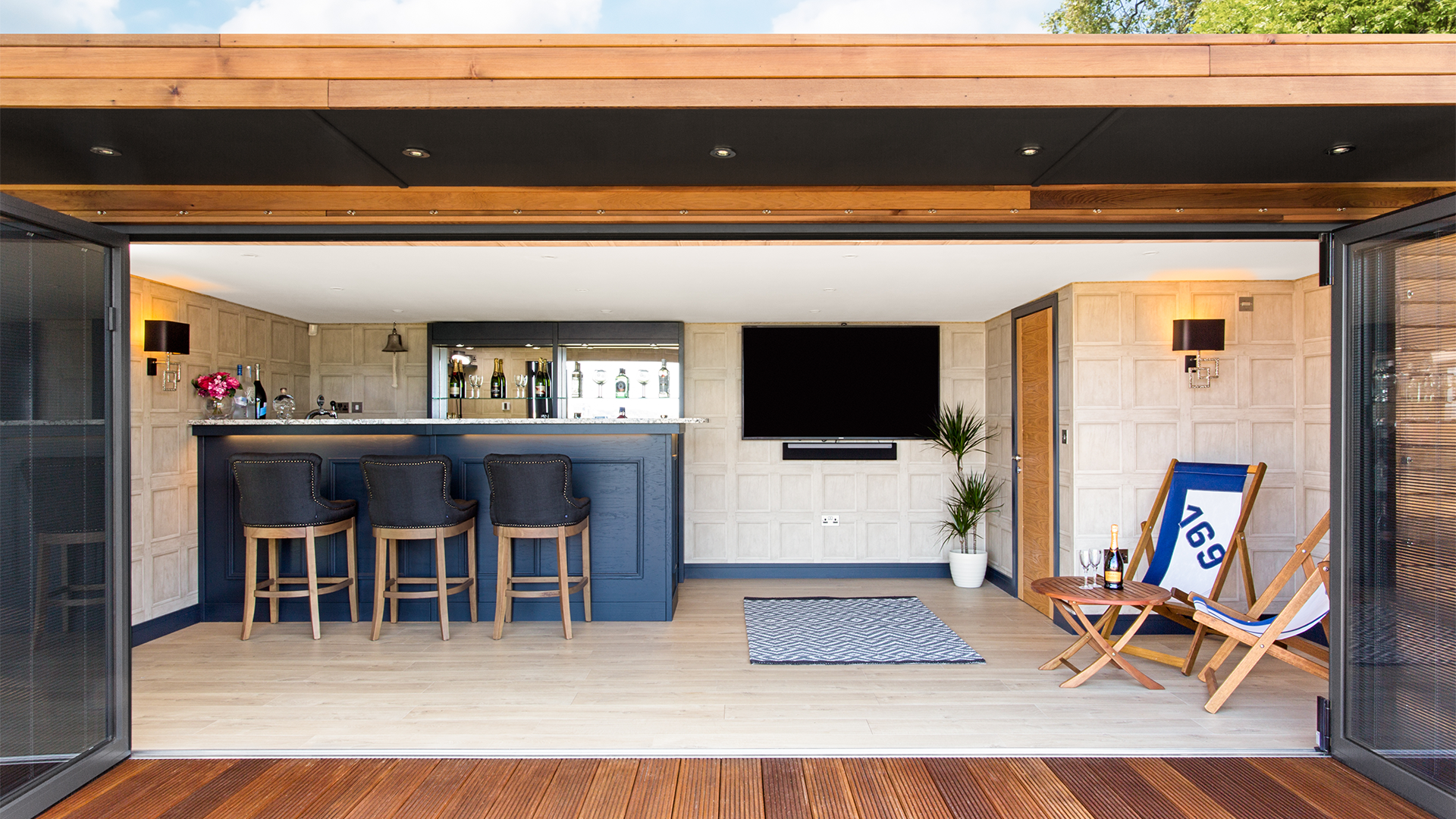Planning Permission
We've Got You Covered
Having supported so many families and businesses with their garden room needs, at Garden Hideouts, we understand the do’s and don’ts of requiring planning permission and in most cases, our garden buildings fall under the Permitted Development rule. As with all things though, there are a set of certain conditions which must be followed to comply with that rule.
Government Guidelines
Rules governing outbuildings apply to sheds, greenhouses and garages as well as other ancillary garden buildings such as swimming pools, ponds, sauna cabins, kennels, enclosures (including tennis courts) and many other kinds of structures for a purpose incidental to the enjoyment of the dwelling house. Other rules relate to the installation of a satellite dish, the erection of a new dwelling or the erection or provision of fuel storage tanks.
Outbuildings are considered to be permitted development, not needing planning permission, subject to the following limits and conditions:
- No outbuilding on land forward of a wall forming the principal elevation.
- Outbuildings and garages to be single-storey with a maximum eaves height of 2.5 metres and maximum overall height of four metres with a dual pitched roof or three metres for any other roof.
- Maximum height of 2.5 metres in the case of a building, enclosure or container within two metres of a boundary of the curtilage of the dwelling house.
- No verandas, balconies or raised platforms.
- No more than half the area of land around the “original house”* would be covered by additions or other buildings.
- In National Parks, the Broads, Areas of Outstanding Natural Beauty and World Heritage Sites the maximum area to be covered by buildings, enclosures, containers and pools more than 20 metres from a house is limited to 10 square metres.
- On designated land* buildings, enclosures, containers and pools at the side of properties will require planning permission.
- Within the curtilage of listed buildings, any outbuilding will require planning permission.
Considerations
Important considerations regarding garden room planning permission
There are two absolutely key requirements when it comes to building your garden room.
What should I consider for planning permission with my garden room height?
In the UK, planning permission is regulated by local authorities, with specific guidelines under permitted development rights allowing certain building works and changes without needing a full planning application. For height restrictions, permitted development generally sets limits to prevent excessive overshadowing and to maintain the character of the area. For example, single-storey rear buildings must not extend beyond the rear wall of the original house by more than four meters for a detached house and three meters for other houses. Additionally, the maximum height should not exceed four meters. It’s essential to check with your local planning authority as rules can vary locally and exceptions might apply.
Does floor space affect the planning permission of a garden room?
Permitted development rights specify the extent of changes homeowners can make without full planning permission, focusing on floor area to ensure developments are proportionate to existing structures.
As an example, single-storey rear extensions are limited by their depth as well as the overall increased floor area, which generally should not exceed half the land around the original house as it stood in July 1948 or when it was built later. This rule helps maintain garden space and avoids over-development.
As with all things planning it is crucial to consult the local planning authority, as specific restrictions can vary, and some properties, especially in conservation areas, may have different limitations. At Garden Hideouts we can take this worry away and consult with your local planning authority on your behalf.
Free Bespoke Design
Our friendly, professional design specialists will take the time to understand exactly how you want to use your garden room and create a detailed 3D design to meet your needs & budget.



